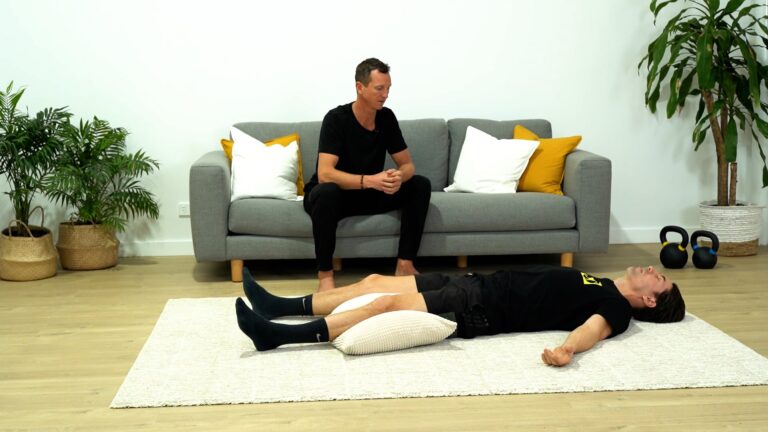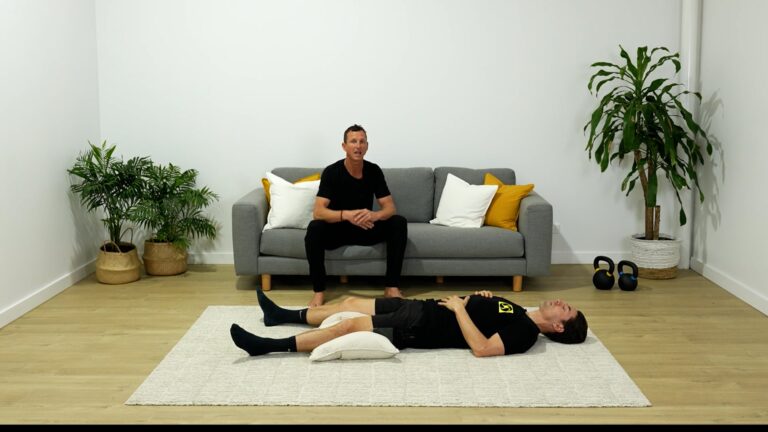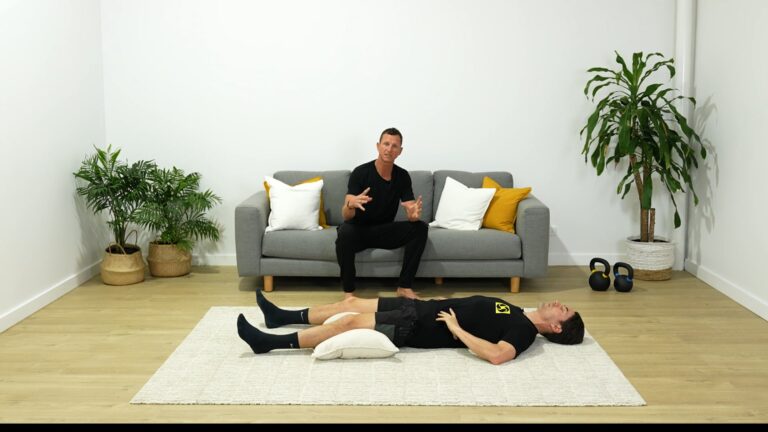At Strength in Motion we work with people from various backgrounds, and help them improve their movement patterns for different reasons. Some are recovering from injuries, while others want to enhance athletic performance or counteract poor posture from office work.
While some individuals easily grasp new movements and cues, others struggle with coordination and adjustment. This is known as a person’s body and movement awareness.
Neuromuscular control and movement efficiency play key roles in how smoothly a person moves. Imagine two people dancing: one glides gracefully, their movements seamless and coordinated, while the other finds it difficult to keep up, struggling with disjointed motions.
The difference lies in genetics, experience, and neurological wiring. Some people are naturally predisposed to efficient neuromuscular control, interpreting sensory feedback for fluid movements. Early experiences also shape neuromuscular development. Engaging in activities requiring precision, like dance or martial arts, from a young age can enhance body awareness.
Individual differences in learning and adaptation also affect one’s ability to master new movements. Neurological conditions, past injuries, and learning styles all play a role.
Ultimately, the journey to improved neuromuscular control is unique to each person. Whether naturally talented or practicing diligently, the quest for greater body awareness showcases the adaptability of the human brain and body.
No matter our age, or ability level, we can always make improvements in our body and movement awareness levels, here are 5 ways to make an impact:
- Mindful Movement Practices: Engage in practices such as yoga, tai chi, or Pilates, which focus on the connection between mind and body. These activities help enhance body awareness through controlled movements and breathing exercises.
- Skill-Based Exercises: like dance, martial arts, and sports improve body awareness by demanding precision, control, and coordination in movements. These activities provide immediate feedback, allowing individuals to adapt their movements for better outcomes and enhancing their proprioception and spatial awareness.
- Balance and Coordination Exercises: Incorporate exercises that challenge balance and coordination, such as standing on one leg or using balance boards. These activities improve proprioception and strengthen neuromuscular connections.
- Movement Exploration: Encourage exploratory movement sessions where individuals can experiment with different ways of moving their bodies. This can involve free dance, improvisational exercises, or gentle mobility drills.
- Practice in Varied Environments: Expose individuals to different environments and surfaces (e.g., grass, sand, uneven terrain) to practice movements. This helps improve adaptability and proprioception, as the body learns to adjust to changing conditions.
How do you feel about your movement quality? Reach out to the SIM team for a movement assessment to see how we can help.




Responses